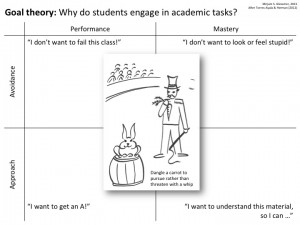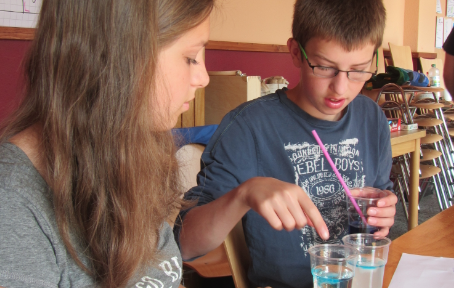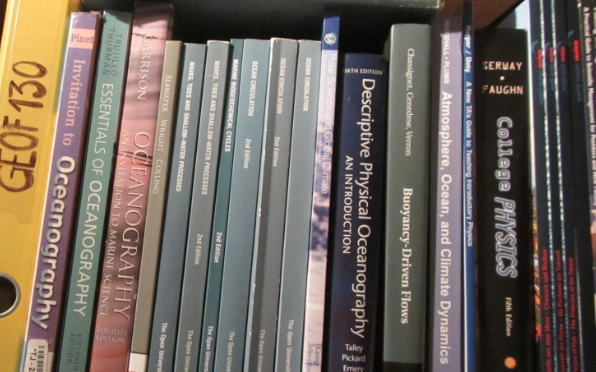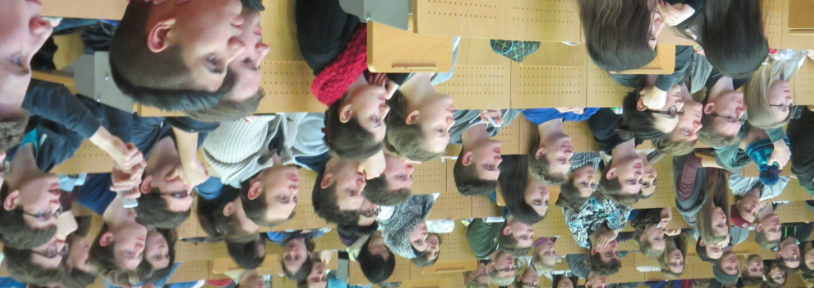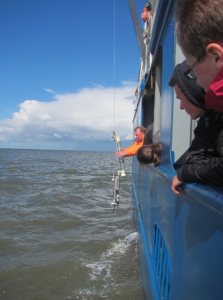In the last post I talked about a paper on “Motivating Learners: A Primer for Engineering Teaching Assistants” by Torres-Ayala and Herman (2012). Today, I want to present a different motivation theory, also described in that paper:
Attribution theory
Attribution theory basically says that motivation is proportional to the expectation of achieving a goal. Three different factors come into play: externality, stability and controllability. So there are basically four different mindsets students can have:
The most desirable one is one that places an emphasis on effort. Students believe that their chance for success is something internal and unstable, which means that since it is determined within themselves and is not fixed, it can be changed. So they know that if they work harder (or work differently), they can be successful. Since their fate is in their own hands, it is easy to be motivated to do your best.
Other students focus on their ability. This is not desirable, because while they still perceive their chance for success as something that is determined within themselves, they also think that they cannot influence whether they are successful or not. They typically feel like they are not smart enough (or — almost as bad — that they are so smart that everything has to go their way, no matter how much effort they put into it).
A third group of students focusses on task difficulty. Task difficulty is obviously determined externally and is stable – students are likely to feel like the exam was too difficult anyway and they had no chance of controlling whether or not they would be successful.
And then lastly, students that feel that their success depends on luck. Luck is also external, and it is unstable. They don’t know whether they will be lucky or not, but in any case they feel like there is no point putting in an effort.
How does knowing about attribution theory help us improve our teaching?
When we know that students are basically only motivated when they feel like they have a direct influence on whether or not they will be successful, we should try and create an environment where learners do feel like that. That means fostering a growth mindset, i.e. not focussing on student abilities, but making sure they realize that they can learn whatever they chose if they put in the effort. It also means making sure that students can rely on the environment being exactly like you said it would be, meaning that if you say you won’t call on people which didn’t raise their hands, you can absolutely not do it. And it also means that students cannot get the impression that you favor some over the others, or that your mood and your grades depend on the weather. Lastly, it means that the task difficulty has to be appropriate. Some challenge is good, but if students don’t have a chance to succeed, they will not continue trying indefinitely (in fact, most quit a lot faster than expected). And who can blame them when their chances of success aren’t more or less proportional to the amount of effort they put in?
—
Ana T. Torres-Ayala, & Geoffrey L. Herman (2012). Motivating Learners: A Primer for Engineering Teaching Assistants American Society for Engineering Education

